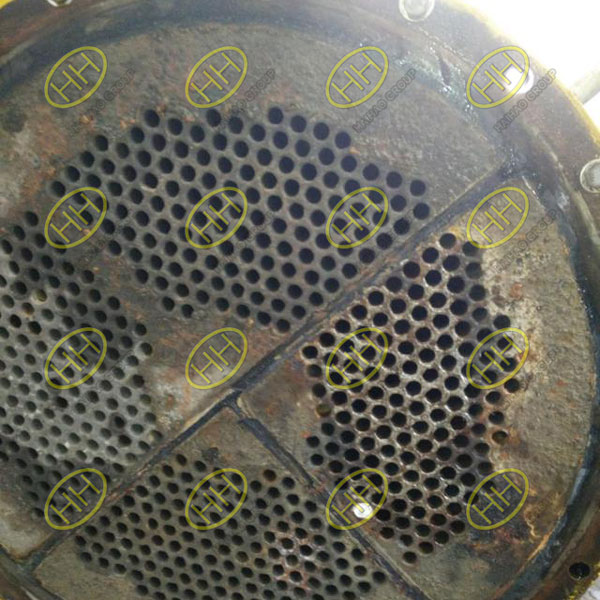What is low temperature corrosion of boilers? How is low temperature corrosion formed?
Low-temperature corrosion in boilers refers to the sulfuric acid corrosion that occurs on the low-temperature heat exchange surfaces, such as economizers and air preheaters, located at the rear of the boiler. This type of corrosion is called low-temperature corrosion because the flue gas and tube wall temperatures in these areas are relatively low.
The formation of low-temperature corrosion begins with the combustion of sulfur in the fuel, which produces sulfur dioxide (SO₂). Under the influence of catalysts, sulfur dioxide further oxidizes to form sulfur trioxide (SO₃). The sulfur trioxide then reacts with water vapor present in the flue gas to produce sulfuric acid vapor. The presence of sulfuric acid vapor significantly raises the dew point of the flue gas. For example, in an oil-fired boiler, the partial pressure of water vapor in the flue gas is approximately 0.008 to 0.014 MPa, corresponding to a thermodynamic dew point of 41 to 52°C. However, if the concentration of sulfuric acid vapor in the flue gas reaches 10%, the dew point can rise to 190°C.
The temperature of the preheater tube walls is influenced by the flow rates and temperatures of both the flue gas and the air, usually averaging between the two. Because the temperature of the air at the lower part of the air preheater is relatively low, the flue gas temperature at this location is also low, often falling below the flue gas dew point. As a result, sulfuric acid vapor can condense on the heat exchange surfaces of the preheater, leading to sulfuric acid corrosion.
Low-temperature corrosion is most commonly found in air preheaters. However, when the sulfur content in the fuel is high, the boiler’s excess air coefficient is large, and the sulfur trioxide content in the flue gas is increased, raising the dew point. Additionally, if the feedwater temperature is low (such as when high-pressure feedwater heaters are out of service), the economizer tubes may also be susceptible to low-temperature corrosion.
In order to prevent low-temperature corrosion of boilers, the following measures can be taken:
1.Reasonably control the air-fuel ratio to ensure that the oxygen content in the combustion process is as low as possible to reduce the generation of SO3.
2.Increase the smoke exhaust temperature and raise the temperature above the acid dew point temperature to reduce low temperature corrosion.
3.Corrosion-resistant material is used to replace ordinary steel with various corrosion-resistant materials in the low temperature section of the boiler tail, such as heat exchangers, flue, etc.
4.Increase the wall temperature of the air preheater to make the wall temperature higher than the dew point of the flue gas, so as to avoid condensation of sulfuric acid steam.
Understanding and preventing low-temperature corrosion is crucial for maintaining the efficiency and longevity of boiler systems, especially in cases where fuel with high sulfur content is used.

